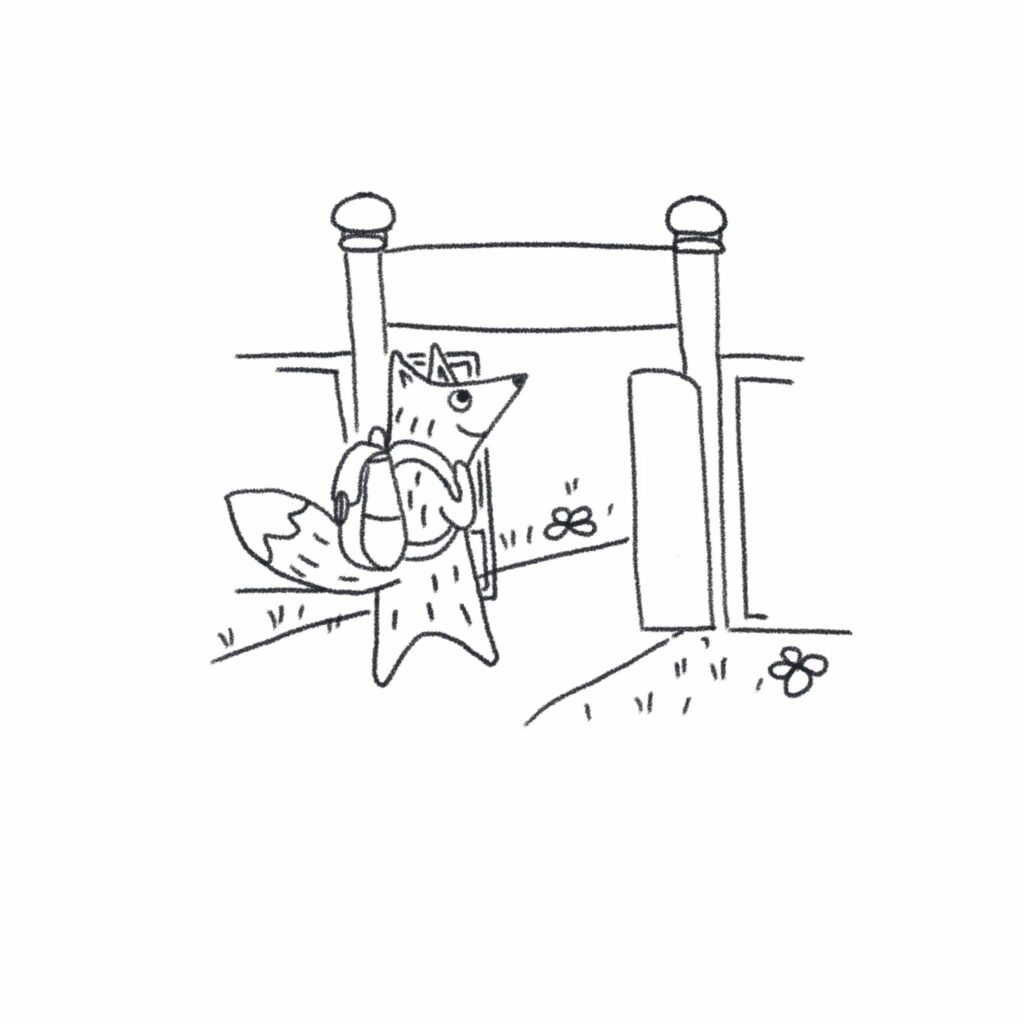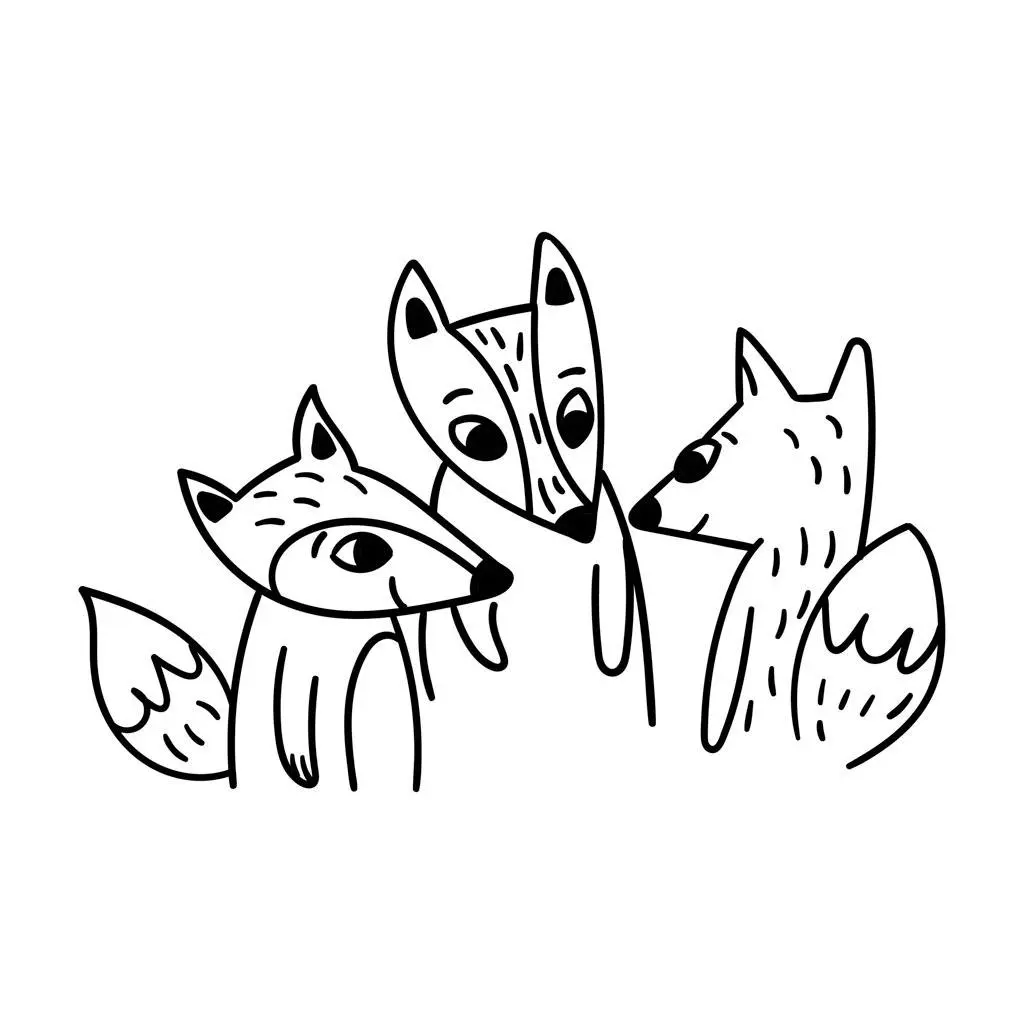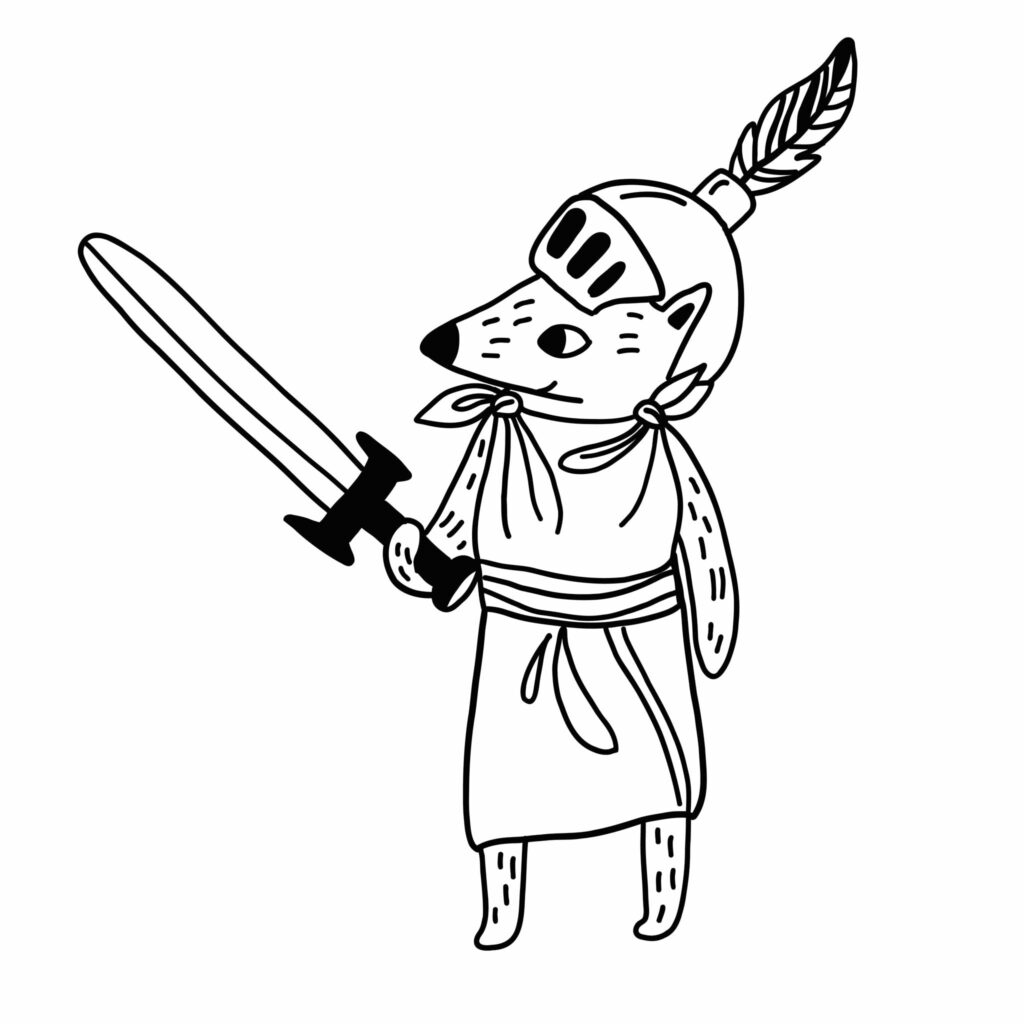Learning to write is a broad subject, which asks children to combine mechanical skills like letter formation and handwriting, with intellectual and imaginative ones like punctuation, spelling, grammar and creative writing. It’s a lot for a small person to take on board!
As this is a series on starting school, we’ll focus mainly on pen control and letter formation. For more detail on writing during the first year of school, entry 71 in the 100 is helpful.
Mark-making
(Before they pick up a pencil or know what a letter is)
Whether your child can write already or not, mark-making is a valuable activity. From poking a finger into your porridge to the most beautiful calligraphy, all mark-making is good practice for letter-formation.
Ultimately, the letters of the alphabet share a few common constituent parts:
- ascenders/descenders (straight up and down lines)
- circles (both clockwise and anti-clockwise)
- points (like the dots of an i or j)
- diagonal and horizontal lines
You’ll find that these marks neatly correspond with the first marks that your one year-old might try to make. Give them a crayon and the first thing you will get is horizontal arcs, followed by spirals, up-and-down scribbles and making dots by stabbing at the page.
Confidence and familiarity with making these simple marks will lay strong foundations for writing skills later on, so the more opportunities you can give your child to explore mark-making before they start school, the more pleasant their experience of learning to write will be.
We prefer the idea of practising mark-making through play. Here are some suggestions for incorporating it into your everyday activities:
For example, many of the well known action songs for pre-schoolers reinforce the movements required in writing. Think of the anti-clockwise circular motion used in Five Little Men in a Flying Saucer. Or the round-and-round of The Wheels on the Bus, with the beep-beep of the horn as the dots of i’s and j’s, and the swish swish wipers being horizontal arcs.
Streamers are a brilliant way to introduce the motions of mark-making on a gross-motor scale. You can buy streamers or make your own by tying ribbons to sticks. Give a child and streamer and most will instinctively begin to ‘draw’ ascenders and descenders, circles and diagonals in the air.
Writing in sand (or shaving foam, or on window condensation or a steamy bathroom mirror). The beach gives you lots of opportunities to practise writing in the sand. If you’re not going to the beach, use a stick and scrape letters into mud in the garden.
Pen control
When your child begins to use crayons and pencils, you’ll notice how vitally important grip is. Without a firm grip it’s pretty hard to hold a pen or pencil. Developing strength and fitness in young hands is a great way to support writing skills. There are two main types of grip to consider in this context:
Pincer Grip
This is the pressing together of forefinger and thumb. Babies practice this when you give them small finger food, like peas. Older children use the same grip to pull a zip, tie laces or stick down paper when making a collage.
Improve and strengthen pincer grip with activities such as pegging clothes to a washing line or rolling balls of playdough between forefinger and thumb.
Tripod Grip
This is the classic pencil grip. It’s the pincer grip plus the middle finger. The extra finger provides support and helps to guide the pencil across the page. Increase strength and co-ordination through simple activities such as leaf rubbings with crayons or squeezing squirty bath toys.
Quick tip: If your child is finding it difficult to hold a pencil correctly, there are two tricks you can try:
- Lay the pencil on the table with the tip pointing towards your child. Ask your child to put their first two fingers and thumb on the pencil, close to the tip, as if they were about to pick it up. Then simply lift up the far end of the pencil (while you child continues to hold on to the other end) and bring it over in an arc until it rests on the webbing between forefinger and thumb. And look – a perfect tripod grip!
- Give your child something small to hold in the palm of their hand. A coin or small rubber works best. Ask them to lightly press the object into their palm using the ring and little fingers. This leaves the first two fingers free to hold the pencil. The tripod grip is inevitable. Easy-peasey!
Note: Give your child a thick pencil to hold, preferably one with a triangular profile that encourages the tripod grip. We like Lyra pencils for this reason.
Letter formation
There is a school of thought that says children shouldn’t learn to write using those handwriting books full of dotted letters to trace over. Opponents argue that tracing over letters forces children to focus on staying on the line, which eventually leads to jerky handwriting as they lurch from one part of the letter to the next. Practising letters on plain paper lets you focus on the sweep of the ascenders and the arc of the curves, making strong, confident strokes. This leads to smoother, more beautiful writing.
So in theory, children who trace over letters are more likely to have tight, cramped handwriting. While the above may be true, tracing over letters also gives a child practice, and in the end, getting good at writing is about practice. It’s also something they can do independently, without an adult hovering over them to check if they are forming the letter properly. So we say, if using a book full of exercises means your child will write more, and they are happy to do it, then give them the book.
Pen control exercises
To finish, here are some examples of helpful pen-control activities. Created by our illustrator, Evgeniya, they are free to download. You will notice that there is nothing complicated about them. You are simply encouraging your child to follow lines: straight ones, curved ones and ones that change direction. The children’s magazines you probably already buy are full of these sorts of activities. Progress to copying letters and tracing. Just remember to get away from the tracing and dotted lines occasionally. Write letters in the sand at the beach on holiday or get a paint-brush and paint large pictures on A2, A1 or A0 paper. Or forget the paper altogether and paint on the wall. Keep it fun and your child will learn effortlessly.
“What a great idea for a toy shop. Good quality products sourced from all over, but twinned with play philosophy and, weirdly (but it works) an anti-consumer ethos…”







